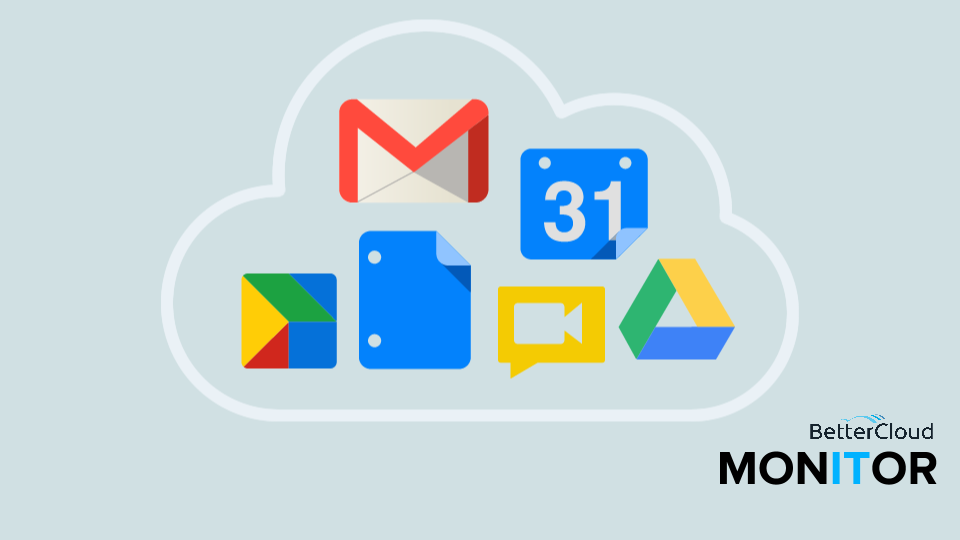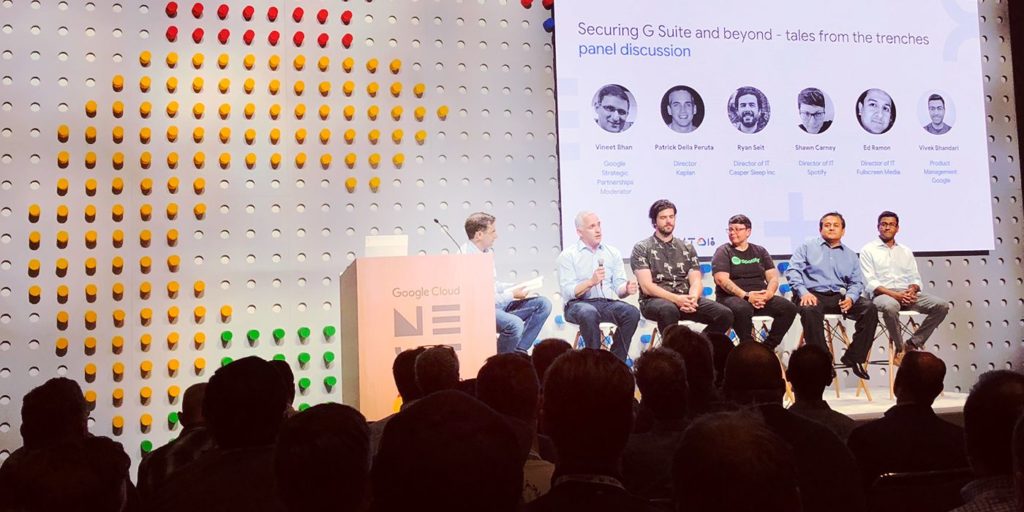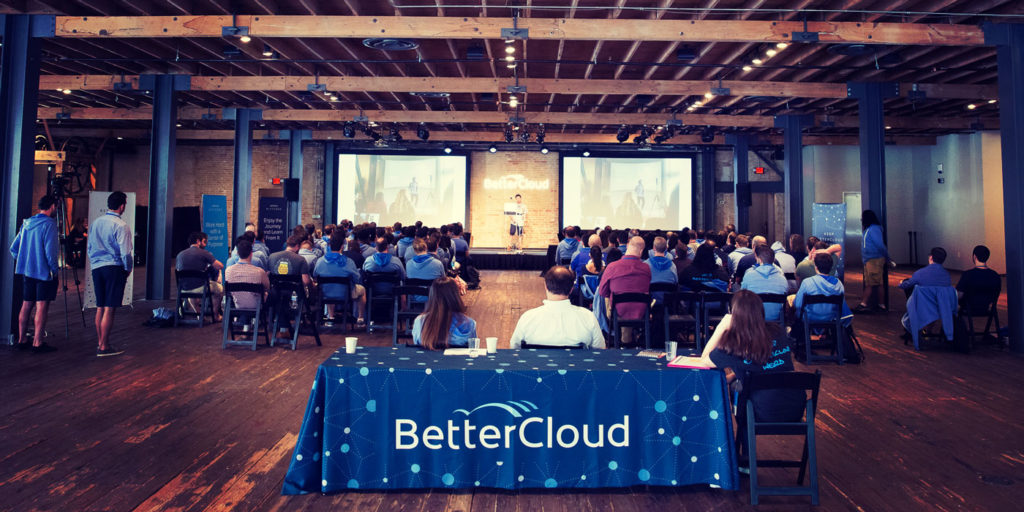Google Ends Free Google Apps Accounts – Why It’s a Good Thing
December 7, 2012
2 minute read

 Yesterday, Google discontinued the free version of Google Apps for businesses with ten or less users, however preexisting free accounts will not be impacted.
Yesterday, Google discontinued the free version of Google Apps for businesses with ten or less users, however preexisting free accounts will not be impacted.
The change in pricing structure should come as no surprise as Google has continually lowered user limits for these free accounts – first making Google Apps free to companies with 200 users, then limiting accounts to 100, 50 and finally 10 users.
For $50 per user per year, companies on Google Apps receive messaging (Gmail), word processing (Docs), storage (Drive), phone service (Voice) and much more. For a budding company, Google’s out of the box business tools are extremely affordable and provide more functionality at a lower price than comparable on-premise systems.
The Good News
The change in pricing structure has a large impact on independent software vendors like BetterCloud. Free Google Apps accounts do not have access to all of Google’s APIs, which our product, FlashPanel, relies on heavily. We’ve actually built two different versions of FlashPanel, one for paid accounts who have access to every feature, and another for free accounts. When a free account installs FlashPanel, they receive an email explaining why they cannot use certain features in FlashPanel and are also served content in the application alerting them to various limitations.
To give you an idea of just how much functionality free account users have been missing out on, here’s a list of the Google Apps APIs in our product free accounts cannot access:
- Email Settings API – Email signatures, email forwarding, POP/IMAP, delegates, monitors, send-as alias, labels, filters, auto reply, web/general settings, language
- Group Settings API – Cannot update group settings
While the change in pricing may be unwelcome news to some, we’re extremely happy that any new Google Apps domains will have access to all of Google’s robust APIs and will be able to enjoy the full scope of our product and the countless other third-party applications built for Google Apps.






